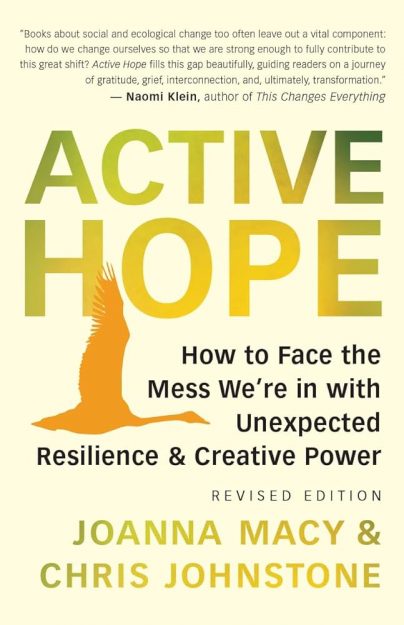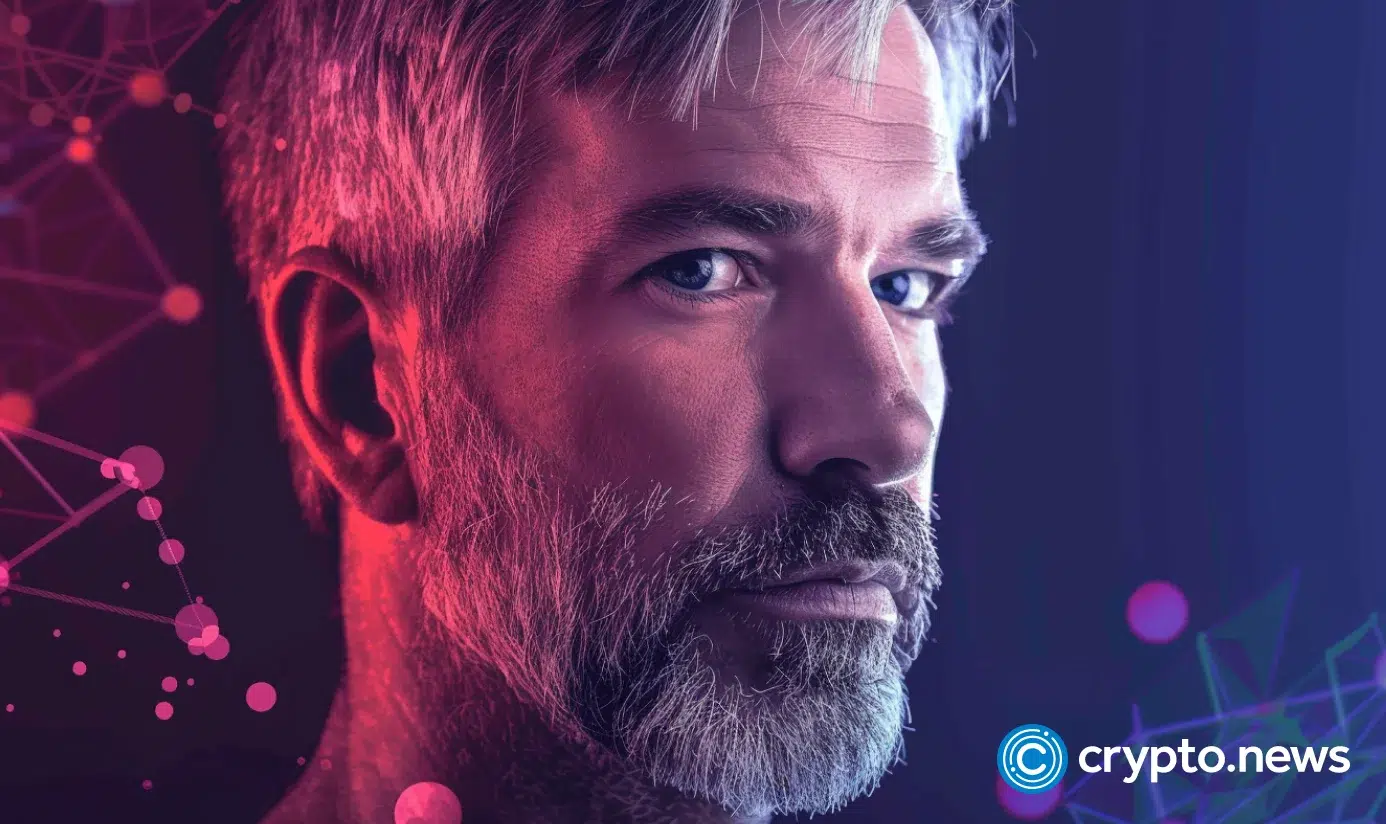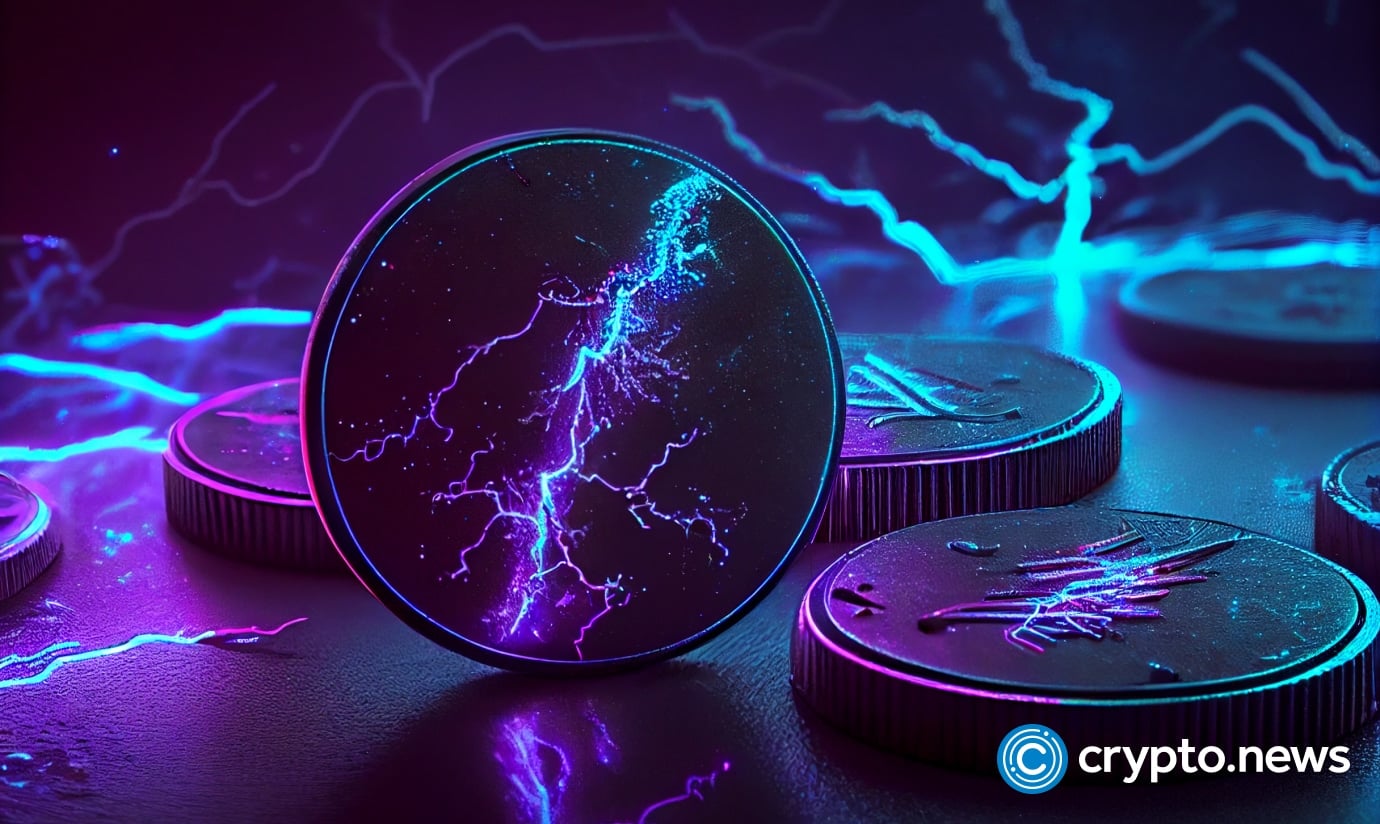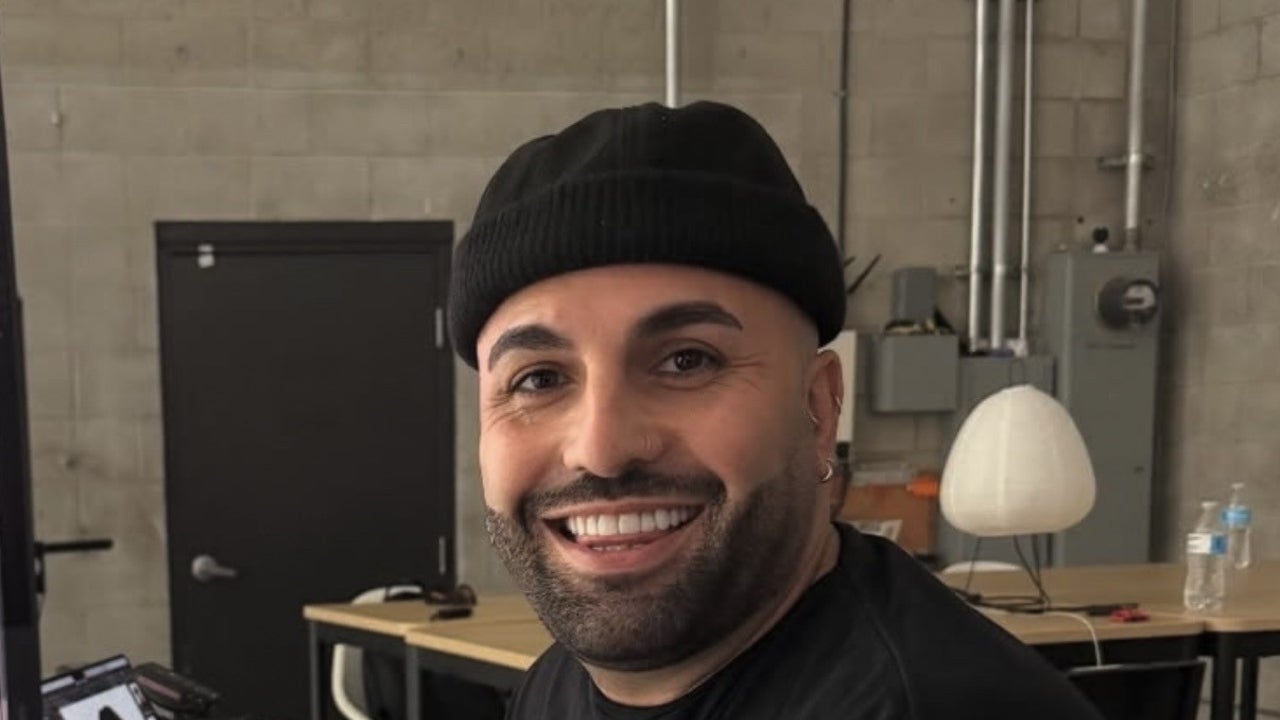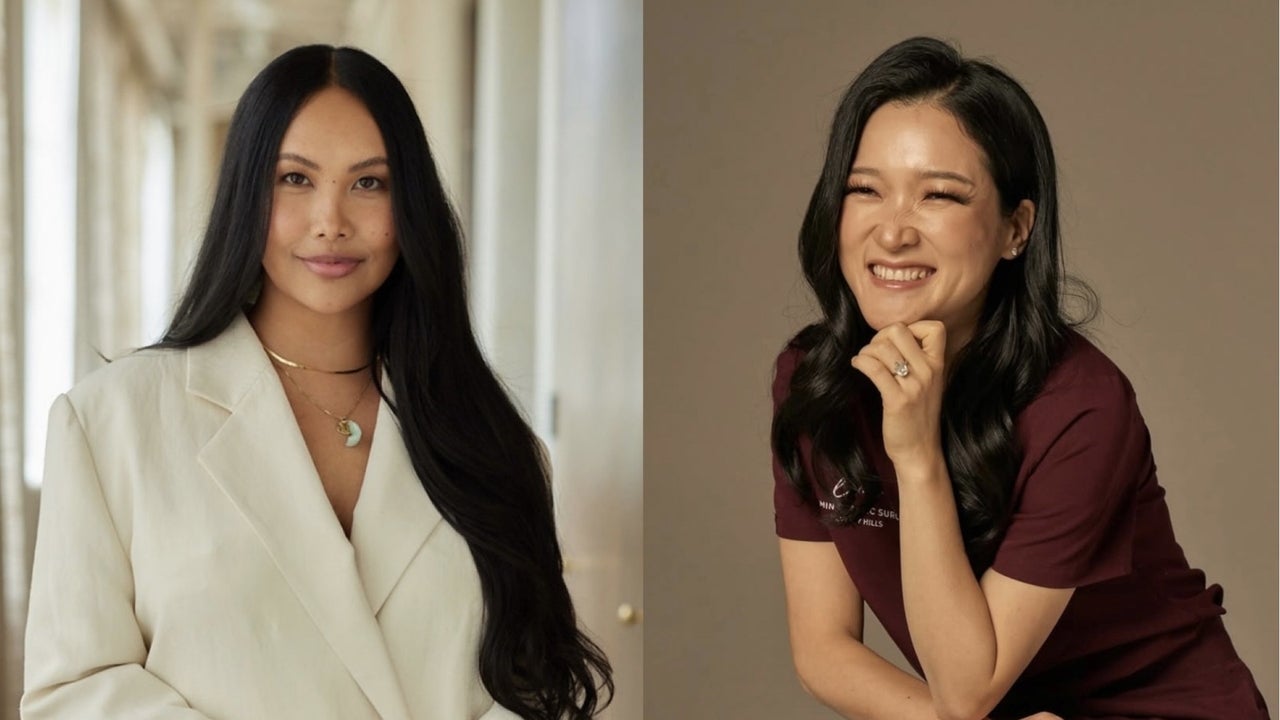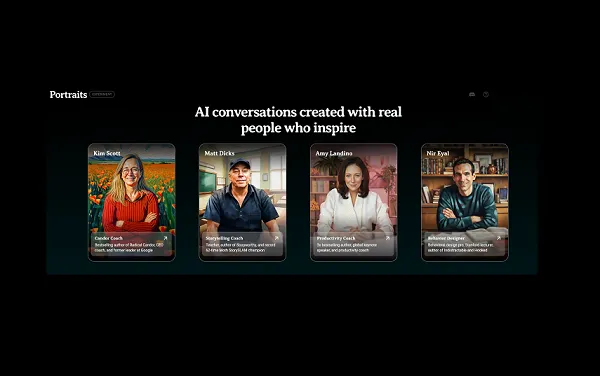Working with Our Despair for the World
How to channel distress and overwhelm into a more inclusive worldview. The post Working with Our Despair for the World appeared first on Tricycle: The Buddhist Review.

The following excerpt is from Active Hope, coauthored by Chris Johnstone and the late Joanna Macy. Active Hope is meant to be an extension of the Work That Reconnects, an interactive group process developed by Macy in cooperation with many colleagues over several decades, which draws on foundational teachings—including Systems Thinking, Deep Ecology and Deep Time, Spiritual Traditions, and Undoing Oppression—to serve the healing of our world in a more powerful and effective way.
A strong current in mainstream culture views depressing news, gloomy thoughts, and feelings of distress as “negative experiences” from which we need to protect ourselves. When we feel dread about what may lie ahead, outrage at what is happening to our planet, or sadness about what has already been lost, it is likely that we have nowhere to take these feelings. As a result, we tend to keep them to ourselves and suffer in isolation. If people see us keeping quiet, not mentioning the crisis, then they’ll be more likely to keep silent as well. Yet if we reveal our distress and name the horrors we see, we’re likely to be called overly negative or too emotional.
We can be caught between two fears — the fear of what will happen if we, as a society, continue the way we’re going and the fear of acknowledging how bad things are because doing so brings up such despair. If we listen to the first fear, it can provoke responses that aid our survival; but to benefit from the wake-up call, we need to free ourselves from the stifling effect of the second fear.
Pain for the World Is Normal, Healthy, and Widespread
Drawing on her doctoral studies exploring convergences between Buddhist philosophy and systems theory, Joanna Macy saw that the meaning we give to our emotional responses is of central importance. The perception of radical interconnectedness found in both Buddhism and systems thinking supports a reframing of our distress about world conditions. It helps us recognize how healthy a reaction this distress is and how necessary it is for our survival. A central principle of [Joanna’s work] is that pain for the world — a phrase that covers a range of feelings, including outrage, alarm, grief, guilt, dread, and despair — is a normal, healthy response to a world in trauma.
In Buddhism, as in other major world religions, open alertness that allows our heart to be stirred by the suffering of others is appreciated as a strength. Indeed, in every spiritual tradition, compassion, which literally means “to suffer with,” is prized as an essential and noble capacity. It is evidence of our interconnectedness with all life.
The concept of negative feedback loops from systems theory helps us recognize how this ability to suffer with our world is essential for our survival. We navigate through life paying attention to information or feedback that tells us when we are off course so that we can respond with a course correction. This dynamic process loops continually: we stray off course, notice that, make a response that brings us back on course, stray off course again, notice again, come back on course again. Since the process functions to diminish the degree to which one is off course, it is called a negative feedback loop. It is also sometimes referred to as a balancing feedback loop.
It is through loops like this that living systems keep themselves in balance. For example, if we feel too cold, we might respond by putting on a jacket. If, after a while, we feel too hot, we take the jacket off. If a roomful of people start to feel too hot, someone might open a window. In this case, the system of the group acts through its members to keep the room temperature comfortable.
How would we notice if we were straying off course as a society? We would start to feel uncomfortable. If we were heading in a dangerous direction, we might feel alarmed; if something unacceptable was taking place, we might feel outraged. If parts of our world that we loved were dying, we would expect to grieve. These feelings are normal, healthy responses. They help us notice what’s going on; they are also what rouses us to respond.
Unblocking Feedback Releases Energy
The notion that we should steer clear of anything “too negative” sets up avoidance as a default strategy. Yet the more we shy away from something we find difficult, the less confident we become that we can deal with it. Avoidance easily becomes a habit. And when avoidance of emotional distress becomes the habit of a culture, the low level of confidence in our ability to cope creates a barrier to publicly acknowledging upsetting information. This in turn leads to a selective screening out of aspects of reality that seem too painful to bear, too distressing to contemplate.
The disturbing realities of early twenty-first-century Earth along with what we are likely to face over the coming decades far exceed any previous experience of disaster in our history. It is not surprising that the feelings provoked by this reality are difficult to bear. “If I open the door to those feelings,” said a friend in a recent conversation, “I’ll be plunged to a place so low I don’t think I’ll ever get back.” What makes many of us nervous about looking at our grief or despair is the fear that we will become stuck in those emotions. A key issue here is our capacity to deal with distress.
If parts of our world that we loved were dying, we would expect to grieve. These feelings are normal, healthy responses. They help us notice what’s going on; they are also what rouses us to respond.
Emotional distress can be motivating, but if it goes beyond what we imagine we can cope with, we may just shut down. While on the outside we may appear to be holding it together, when we close off emotionally we feel less alive, our energy sagging and our sensitivity dulled. We may feel we’re just going through the motions. Alcohol, recreational drugs, shopping, and antidepressants are among the devices we use to keep distress under wraps. In the short term, these salves can seem effective. But as we become dependent on them, our society continues to stray off course, and our world becomes a wasteland.
When we touch into our depths, we find that the pit is not bottomless. When people are able to tell the truth about what they feel, see, and know is happening to their world, a transformation occurs. They experience an increased determination to act and a renewed appetite for life.
A range of factors acts together to bring about this shift. First, as noted, repressing information and emotions dampens our energy. It is enlivening to go with, rather than against, the flow of our deepfelt responses to the state of the world. Second, we feel tremendous relief on realizing our solidarity with others. Two other factors play a crucial role. One concerns the process by which we integrate painful information, and the other relates to what pain for the world reveals about the nature of the self.
Information Is Not Enough
Environmental and social change organizations often fall into the trap of assuming that if only people knew how bad things were, they would become active in tackling the issues. So their emphasis falls on presenting information and arguments, backing these up with shocking facts, graphs, and images. This raising of awareness is important, but what if people are already so overwhelmed they are not able to cope with any more distress? Or what if they believe they need to protect themselves from negative thinking? In these cases, presenting more shocking facts can just increase their resistance.
Elisabeth Kübler-Ross, a psychiatrist known for her work with people suffering from life-threatening conditions, described a process of coming to terms with bad news that involves a number of stages. In the beginning, the loss doesn’t feel real. Someone may acknowledge that something has happened but act as if this fact hasn’t yet been accepted. The information may be taken in on a superficial level but not yet digested.
In his classic text on grief counseling, psychology professor J. William Worden identifies the initial tasks of grieving as first accepting the loss and then feeling the pain of grief. When we feel this emotion, we know not only that the loss is real but also that it matters to us. That’s the digestion phase—when the awareness sinks to a deeper place within us so that we take in what it means. Only then can we find a way forward that is based on an accurate perception of reality.
Each day we lose valuable parts of our biosphere as species become extinct and ecosystems destroyed—yet where is their funeral service? If our world is dying piece by piece without publicly and collectively expressing our grief, we might easily assume that these losses aren’t important. Honoring our pain for the world is a way of valuing our awareness, first, that we have noticed, and second, that we care. Intellectual awareness by itself is not enough. We need to digest the bad news. That is what rouses us to respond.
So what helps us digest the information we’re aware of intellectually but haven’t yet taken in at a deeper level? A starting point is just to hear ourselves speak what we already know. By giving voice to our concerns, we bring them into the open.
When we experience pain for the world, the world is feeling through us.
Some unspoken rules govern the content and emotional bandwidth of normal conversations. If we stray too far outside agreeable territory—for example, by raising an issue seen as too disturbing or by expressing a feeling with too much intensity—we are likely to be met by responses that close down our expression. We might find ourselves caught up in an argument or see the issue ignored as conversation is steered back to more comfortable topics. To address the challenges we face, we need to develop ways of talking about them that don’t become battles about who is to blame or an avoidance mechanism that filters out the true depths of our concern. By giving each speaker space to talk without interruption, the open sentences process makes room for a different kind of conversation to take place.
This simple exercise often brings up strong feelings. Yet the process is not about making people feel something; rather, it is about freeing what is already there. It is making space to hear one another and allow what’s under the surface to be expressed. When we allow feelings to move through us, we are less likely to get stuck in them.
When we experience pain for the world, the world is feeling through us. This is a central insight of the work: if feelings flow into us from the world, they can also flow back out again—they don’t have to get stuck in us. A process called Breathing Through, adapted from an ancient Buddhist meditation for developing compassion, reinforces this understanding.
A Different View of Self
The Vietnamese Zen master Thich Nhat Hanh was once asked what we need to do to save our world. “What we most need to do,” he replied, “is to hear within us the sounds of the Earth crying.” The idea of the Earth crying within us, or through us, doesn’t make sense if we view ourselves only as separate individuals. Yet if we think of ourselves as deeply embedded in a larger web of life—as Gaia theory, Buddhism, and many other, especially indigenous, spiritual traditions suggest—then the idea of the world feeling through us seems entirely natural.
This view of the self is very different from that found in the extreme individualism of the Business as Usual model. The latter takes each of us as a separate bundle of self-interest, with motivations and emotions that make sense only within the confines of our own stories. Pain for the world tells a different story, one about our interconnectedness. We feel distress when other beings suffer because, at a deep level, we are not separate from them. The isolation that splits us from the living body of our world is an illusion; the pain breaks through to tell us who we really are.
Our pain for the world arises out of our interexistence with all life. When we hear the sounds of the Earth crying within us, we’re unblocking not just feedback but also the channels of felt connectedness that join us with our world. These channels act like a root system, opening us to a source of strength and resilience as old and enduring as life itself.
In the process, the view that we are separate from our world falls away. The term deep ecology, coined by Norwegian ecophilosopher Arne Næss, captures the essence of this shift. When we perceive our deeper identity as an ecological self that includes not just us but also all life on Earth, then acting for the sake of our world doesn’t seem like a sacrifice. It seems a natural and fulfilling thing to do.
♦
Excerpted from Active Hope: How to Face the Mess We’re in with Unexpected Resilience & Creative Power. Copyright © 2022 by Joanna Macy & Chris Johnstone. Reprinted with permission from New World Library.

 Tfoso
Tfoso 